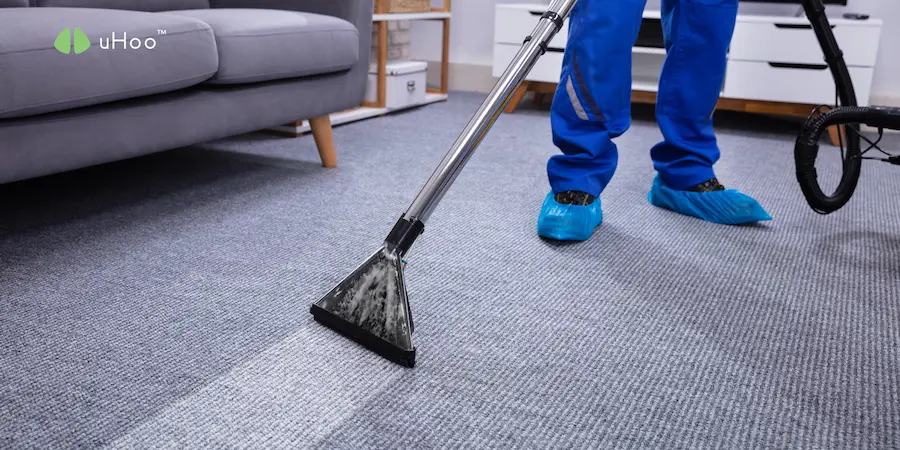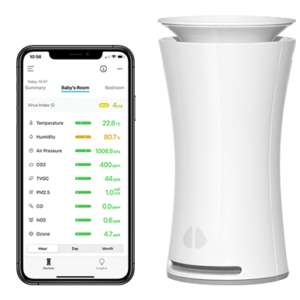Our carpets and upholstery are the unsung heroes of comfort in our homes, silently enduring daily wear and tear. Over time, they trap dust, allergens, dirt, and those inevitable spills, becoming reservoirs of things we’d rather not breathe or sit on. While regular vacuuming is essential, a comprehensive deep clean is vital to truly revive these surfaces, eliminate stubborn issues, and create a healthier living environment.
This ultimate guide will walk you through expert techniques for deep cleaning both carpets and upholstery, ensuring they look, feel, and are like new.
Part 1: Deep Cleaning Carpets – Laying the Foundation for Clean Air
Deep cleaning your carpets goes beyond surface-level vacuuming. It involves extracting embedded dirt, allergens, and pollutants that regular cleaning can miss.
- The Pre-Vacuum Power Play: Before any deep cleaning method, a thorough vacuuming is non-negotiable. Use a powerful vacuum with strong suction to remove loose dirt, debris, and pet hair. Pay extra attention to high-traffic areas and edges.
- Spot the Enemy: Pre-Treating Stains: Identify and pre-treat any visible stains. Different stains require different approaches: * Water-based stains (coffee, juice): A solution of mild dish soap and water or a specialized carpet stain remover. * Oil-based stains (grease, ink): A solvent-based cleaner or a paste of baking soda and water. * Organic stains (pet accidents, blood): An enzymatic cleaner is crucial to break down the proteins. * Sticky messes (gum, wax): Freeze with ice and carefully scrape away.
Expert Tip: Always test any cleaning solution in an inconspicuous area first to check for colorfastness.
- Choosing Your Deep Cleaning Weapon
Steam Cleaning (Hot Water Extraction): This method uses hot water and a cleaning solution to penetrate carpet fibers and then extracts the dirty water. It’s highly effective for deep-seated dirt and allergens. You can rent or buy a steam cleaner.
Carpet Shampooing: This involves applying a cleaning solution with a specialized machine and then extracting it. While it can improve appearance, it may leave residue if not rinsed thoroughly.
Dry Carpet Cleaning: This method uses specialized powders or compounds that are worked into the carpet and then vacuumed up. It’s a good option for delicate carpets or when quick drying is essential.
- The Deep Clean Execution: Follow the instructions for your chosen cleaning method and machine carefully.
For steam cleaning:
-
- Fill the machine with hot water and the recommended cleaning solution.
- Work in overlapping strokes, moving slowly to allow the machine to effectively clean and extract.
- Pay extra attention to stained areas.
- Rinse the carpet with clean water (without detergent) for a final pass to remove any residue.
- Drying is Key: Proper drying is crucial to prevent mold and mildew growth. Open windows and use fans to circulate air. Avoid walking on the carpet until it’s completely dry.
Part 2: Reviving Your Furniture: Deep Cleaning Upholstery
Just like carpets, upholstery traps a surprising amount of dust and grime. Deep cleaning can refresh its appearance and improve the air quality in your home.
- Decode the Fabric: The first and most crucial step is to identify your upholstery fabric type by checking the manufacturer’s tag (usually under cushions or on the bottom). The cleaning code (W, S, WS, X) will dictate safe cleaning methods.
- The Pre-Vacuum Prep: Use the upholstery attachment of your vacuum to thoroughly remove loose dirt, dust, and pet hair from all surfaces, including crevices and under cushions.
- Spot the Stains (Again!): Pre-treat any visible stains with a cleaner appropriate for both the stain type and the fabric code. Blot gently and allow dwell time as per the product instructions.
- Choosing Your Upholstery Deep Cleaning Method:
Water-Based Cleaning (Code W or WS):
Mild Dish Soap Solution: Mix a small amount of clear dish soap with distilled water. Apply only the suds to the fabric with a soft brush or sponge, being careful not to oversaturate. Wipe away residue with a damp cloth and blot dry.
Upholstery Cleaning Machine: Similar to carpet cleaners, these machines use water-based solutions and extraction. Ensure the solution is safe for your fabric.
Steam Cleaning (Code W or WS): Use a handheld steamer with the upholstery attachment, moving slowly and evenly. Avoid prolonged steaming in one spot.
Solvent-Based Cleaning (Code S or WS): Use a dry-cleaning solvent specifically designed for upholstery in a well-ventilated area. Follow product instructions carefully and test in an inconspicuous spot first.
Dry Cleaning (Code X – Professional Only): For delicate fabrics with this code, professional cleaning is the safest option.
- The Gentle Scrub and Extraction: For water-based methods, gently scrub soiled areas with your chosen cleaning solution and a soft brush or sponge. Extract any excess moisture with a clean cloth or the extraction function of your machine.
- Drying with Care: Allow upholstery to air dry completely away from direct sunlight or heat. Use fans to speed up the process. Avoid sitting on the furniture until it’s fully dry.
Part 3: Maintaining Clean Air After Deep Cleaning (and Beyond)
Deep cleaning carpets and upholstery significantly reduces the amount of dust and allergens in your home. To maintain this cleaner air and for ongoing air quality monitoring, consider investing in a uHoo air quality monitor.
uHoo tracks various air quality parameters, including particulate matter (PM2.5 and PM10), which are key indicators of dust and other airborne pollutants. By monitoring these levels, you can:
- Assess the immediate impact of your cleaning: See how effectively your deep cleaning has reduced dust levels.
- Identify potential dust sources: Notice if dust levels rise after certain activities or in specific rooms.
- Optimize your cleaning schedule: Clean more frequently in areas where dust accumulates faster.
- Ensure consistent clean air: Get alerts if particulate matter levels rise, prompting you to take action.
Deep cleaning your carpets and upholstery is an investment in the health and comfort of your home. By following these comprehensive techniques and utilizing tools like the uHoo air quality monitor, you can effectively reclaim your indoor air and enjoy a truly clean living space.




